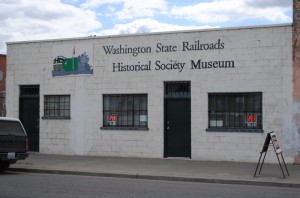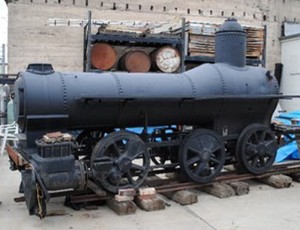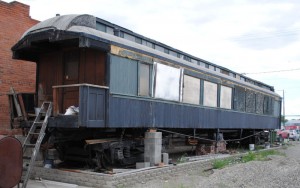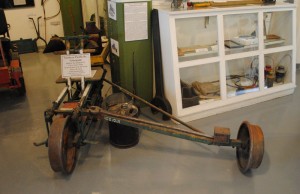Field Trip: The Washington State Railroads Historical Society Museum in Pasco, Washington

 Click on each image for a closer look!
Click on each image for a closer look!
.
From time to time, our TRHA folks visit other museums to learn more about local railway history as well as look for ideas for our museum. In the report below, Lance Gleich highlights his trip to the The Washington State Railroads Historical Society Museum in Pasco, Washington in June of this year:
“This museum is not especially well-known in the world of railroad museums. Yet, the Tri-Cities (if broadly defined to include the Hanford site) attracted as many class I railroad systems that served Washington state as Seattle, lacking only the Great Northern. (Spokane, the capitol of the “Inland Empire,” is the only area to be served by all of them–the Northern Pacific, Union Pacific, Great Northern, Spokane, Portland and Seattle, Milwaukee Road, and Spokane International.) As a crossroads of various lines, the area offers a rich history of railroads, so perhaps I should not have been surprised to find that the museum here offered a rich collection of artifacts. Railroading history in Washington territory–it wasn‘t a state until 1889–started with the Walla Walla and Columbia River Railroad. When originally constructed in the 1870’s, the area was so remote that it couldn’t even get rails–one of the metal straps that originally served as temporary rails survived to be displayed in the museum. Amazingly, that line still exists–it was eventually purchased by the Union Pacific, which leased it to the shortline now known as the Palouse River & Coulee City–it is the only remaining rail route to Walla Walla.
.
One of the locomotives from that line–a 1878 Porter 0-6-0 steam locomotive, delivered via the tip of South America–may be the highlight of the whole museum collection. Gradually being restored to its original configuration, the “Blue Mountain” (shown at right above) is believed to have traveled more miles as freight than in revenue service, having gone to Nome, Alaska after brief stints in Washington state before lines were converted from its narrow gauge to standard gauge …..”
For more information about what he found in the museum, visit Lance’s Online log by clicking here. For more about the museum, click here.
.
Posting by Russ Milland; Pictures by Lance Gleich and from the museum website.
.



